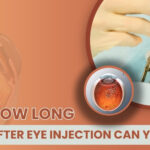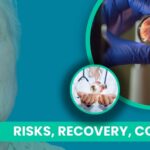When it comes to our eyes, we take no chances. After all, our vision is one of our most precious senses, allowing us to navigate the world with ease and experience its beauty. So, when faced with the prospect of an eye injection, many people understandably have concerns and questions – particularly around the recovery process and how long it may take before they can resume their normal activities, such as driving.
In this comprehensive blog post, we’ll delve into the world of eye injections, exploring the various types of treatments, their purposes, and what to expect in terms of recovery. Most importantly, we’ll answer the burning question: how long after an eye injection can you drive?
The Basics: Understanding Eye Injections
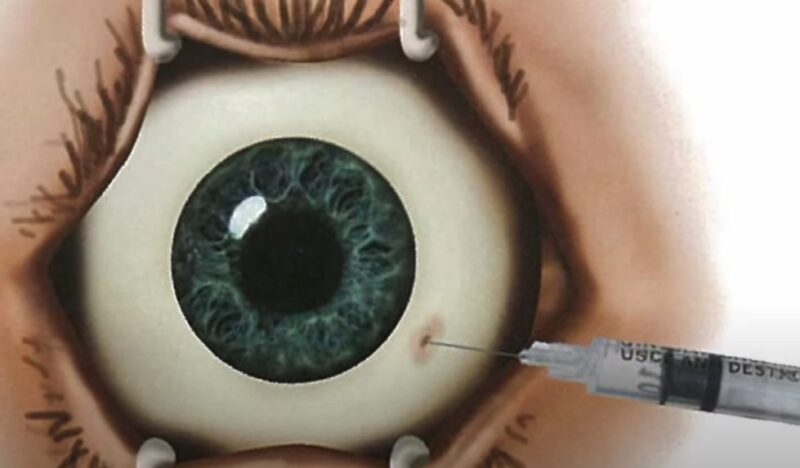
Eye injections, also known as intravitreal injections, involve the administration of medication directly into the eye’s vitreous humor – the clear, gel-like substance that fills the space between the lens and the retina. These injections are typically performed to treat a variety of ocular conditions, such as age-related macular degeneration (AMD), diabetic retinopathy, retinal vein occlusion, and uveitis.
The injection process itself is relatively quick, lasting only a few minutes, and is performed under local anesthesia to minimize discomfort. While the thought of a needle entering the eye may seem daunting, most patients report feeling only mild pressure or discomfort during the procedure.
The Different Types of Eye Injections and Their Purposes
There are several types of eye injections, each designed to address specific ocular conditions. Some of the most common include:
Anti-VEGF Injections
These injections contain medications designed to block the action of vascular endothelial growth factor (VEGF), a protein that can cause abnormal blood vessel growth and leakage in the retina. Anti-VEGF injections are commonly used to treat wet AMD, diabetic macular edema, and retinal vein occlusion.
Steroid Injections
Corticosteroids can help reduce inflammation and swelling in the eye, making them a suitable treatment option for conditions like uveitis and certain cases of diabetic retinopathy.
Ozurdex Implants
This is a slow-release steroid implant that is injected into the eye to treat macular edema associated with diabetic retinopathy, retinal vein occlusion, or non-infectious uveitis.
The Recovery Process: What to Expect
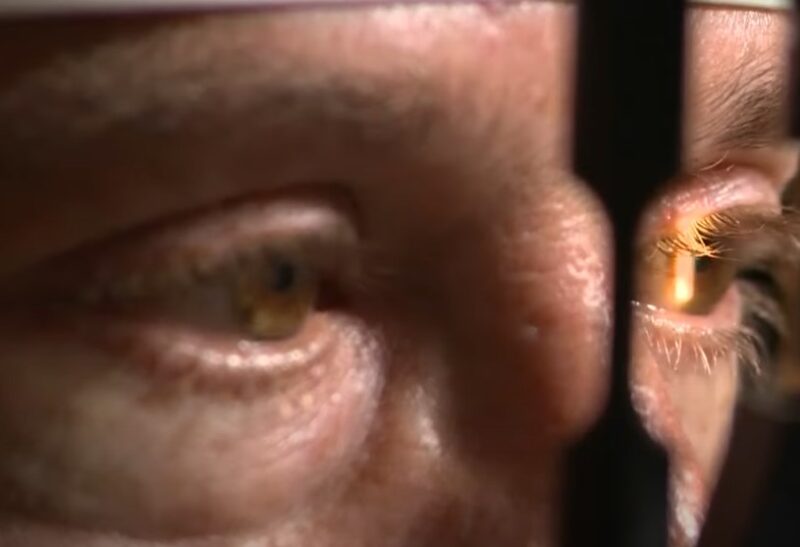
After receiving an eye injection, you may experience some temporary side effects, including:
- Redness, swelling, or pain at the injection site
- Temporary floaters or small specks in your vision
- A feeling of grittiness or irritation in the eye
- Mild to moderate light sensitivity
These side effects typically subside within a few hours to a few days, but it’s essential to closely follow your healthcare provider’s instructions for post-injection care to minimize the risk of complications, such as infection.
How Long After an Eye Injection Can You Drive?
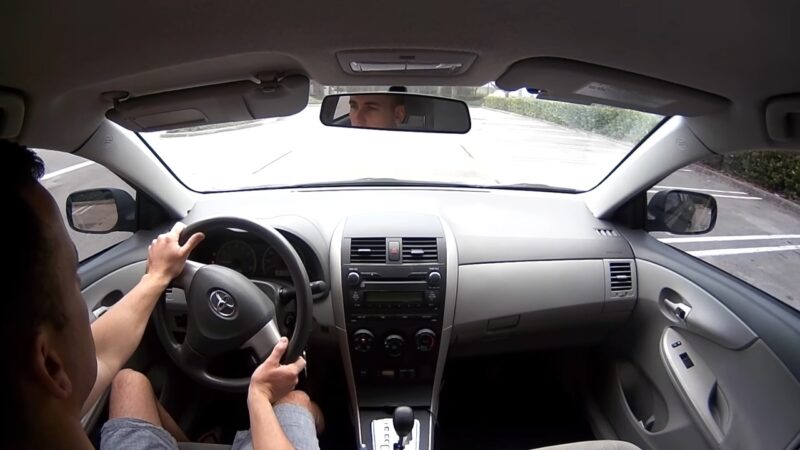
There’s no one-size-fits-all answer to this question, as the exact timeframe for resuming driving activities will depend on several factors, including the type of injection, the specific condition being treated, and the individual patient’s recovery process.
That said, most ophthalmologists recommend waiting at least 24 hours after an eye injection before attempting to drive.
This precautionary measure allows time for any potential side effects, such as blurry vision or light sensitivity, to subside. In some cases, your healthcare provider may advise waiting even longer, depending on your unique situation and the specific treatment administered.
It’s crucial to remember that every patient’s experience and recovery process will vary, and what may be suitable for one person might not be appropriate for another. Always consult with your ophthalmologist for personalized advice on when it’s safe to resume driving after your eye injection.
Tips for Safe Driving Post-Injection
Once you’ve been given the green light to drive again by your healthcare provider, it’s important to keep the following tips in mind to ensure a safe and comfortable experience behind the wheel:
- Gradually ease back into driving: Start with short, familiar routes during daylight hours, and avoid high-stress situations, such as heavy traffic or poor weather conditions, until you’re confident in your ability to drive safely.
- Use sunglasses: Wearing sunglasses that block 100% of UVA and UVB rays can help reduce glare and light sensitivity, making it more comfortable to drive after your eye injection.
- Adjust your mirrors and seat: Before hitting the road, take a moment to check and adjust your mirrors and seat position to ensure you have the best possible view of your surroundings.
- Be mindful of potential visual disturbances: If you experience any persistent visual disturbances, such as floaters or blurred vision, avoid driving and consult your healthcare provider immediately.
- Listen to your body: If at any point during your drive, you feel uncomfortable or unsure of your ability to drive safely, pull over and take a break, or arrange for alternative transportation if necessary.
Frequently Asked Questions
1. Are eye injections painful?
Most patients report minimal discomfort during the eye injection process, as a local anesthetic is used to numb the eye beforehand. After the injection, you may experience mild pain, irritation, or a gritty sensation, which usually subsides within a few hours to a few days.
2. Can I fly after an eye injection?
In most cases, it is safe to fly after an eye injection. However, it’s best to consult with your healthcare provider for personalized advice, as individual circumstances may vary.
3. How long do the effects of an eye injection last?
The duration of the effects depends on the specific medication and the condition being treated. Some injections, such as anti-VEGF treatments, may need to be repeated every 4-8 weeks, while others, like slow-release steroid implants, can last for several months.
Final Words
The recovery process after an eye injection can vary greatly from person to person, and factors such as the type of injection, the specific condition being treated, and individual responses to the treatment all play a role in determining when it’s safe to resume driving.
As a general rule of thumb, most ophthalmologists recommend waiting at least 24 hours after an eye injection before driving. However, it’s essential to consult with your healthcare provider for personalized advice and closely follow their post-injection care instructions.
By being aware of potential side effects, taking precautions to ensure a safe driving experience, and staying in close communication with your healthcare provider, you can confidently navigate your post-treatment recovery and get back on the road when the time is right.



